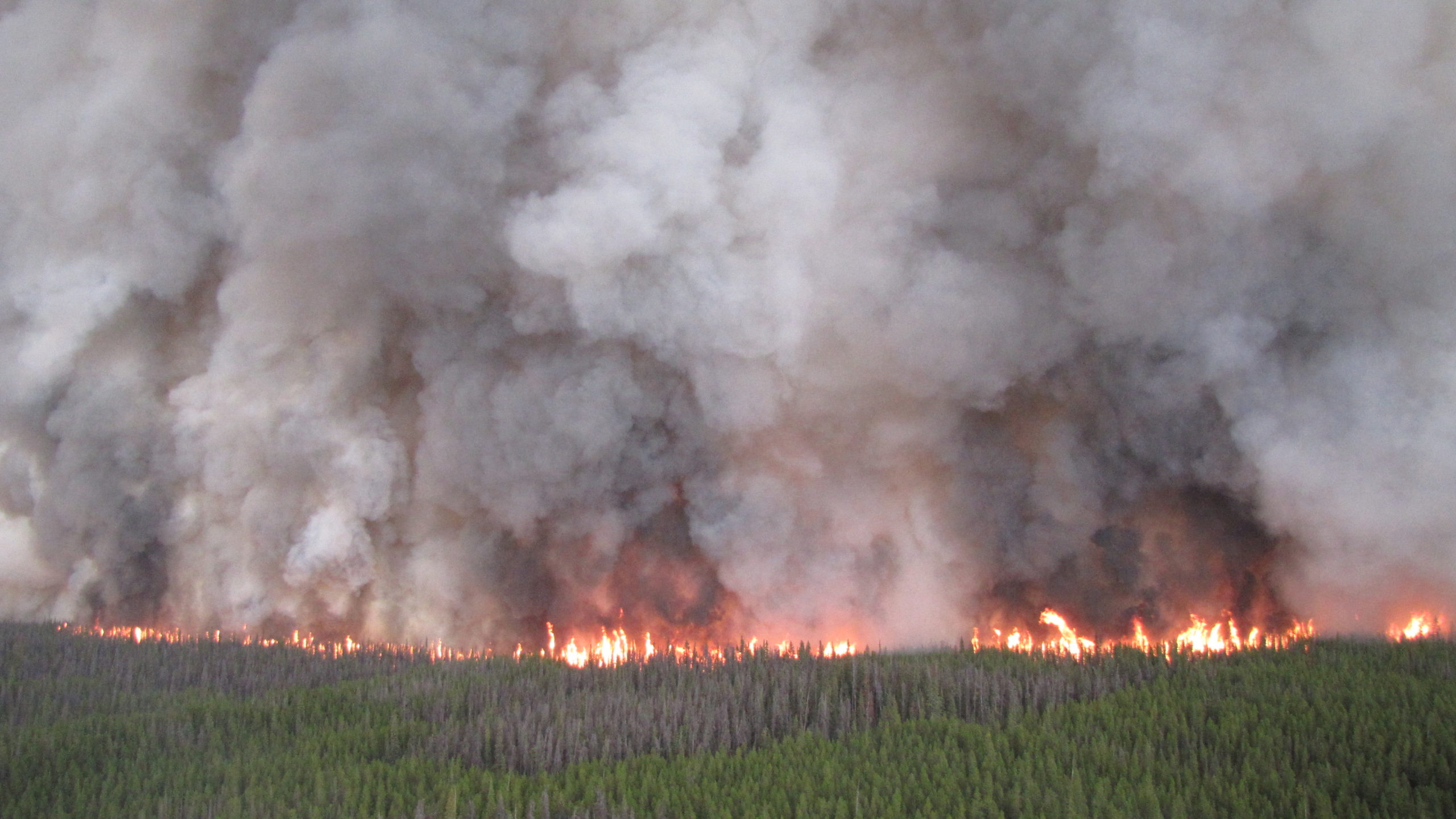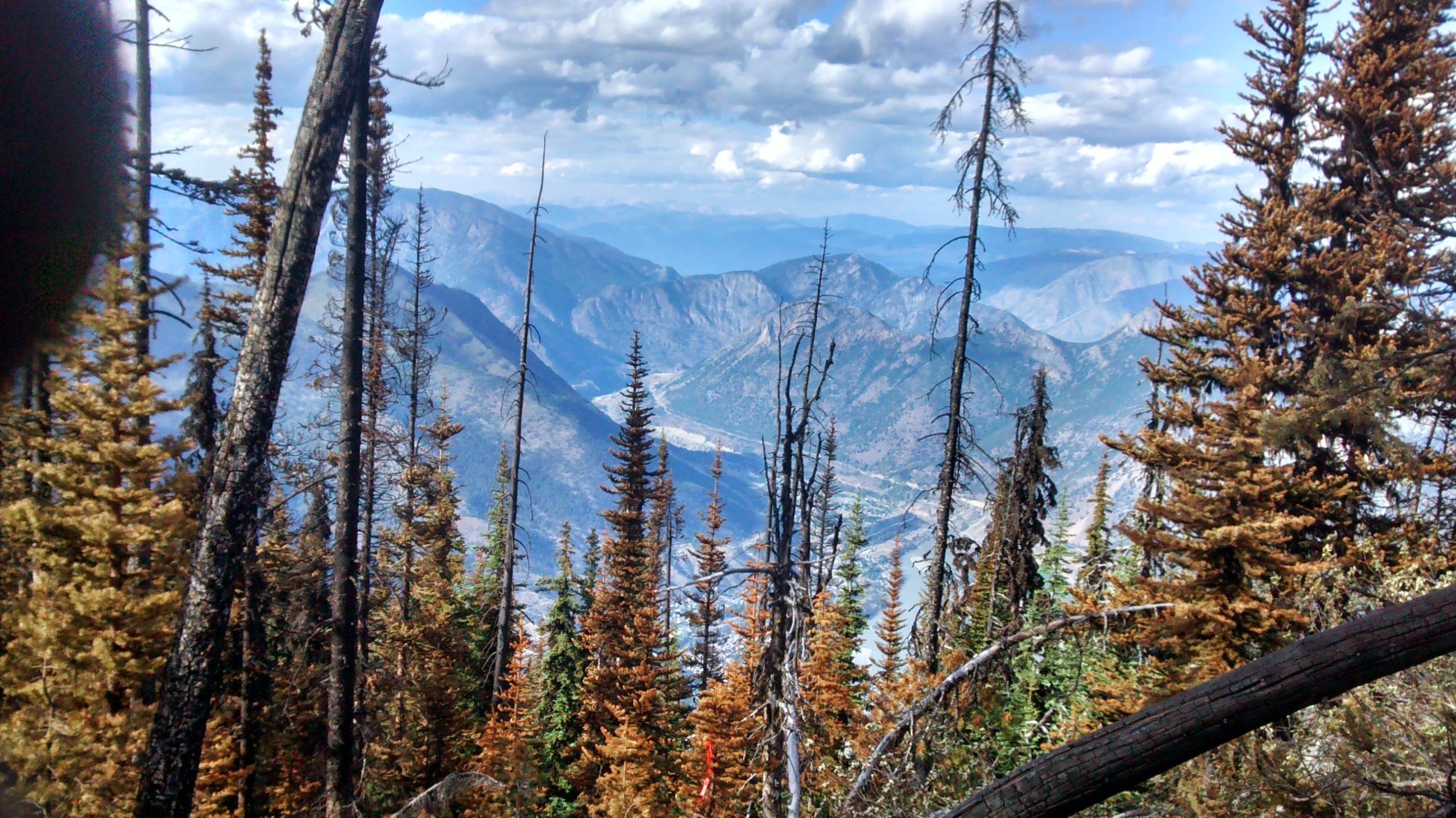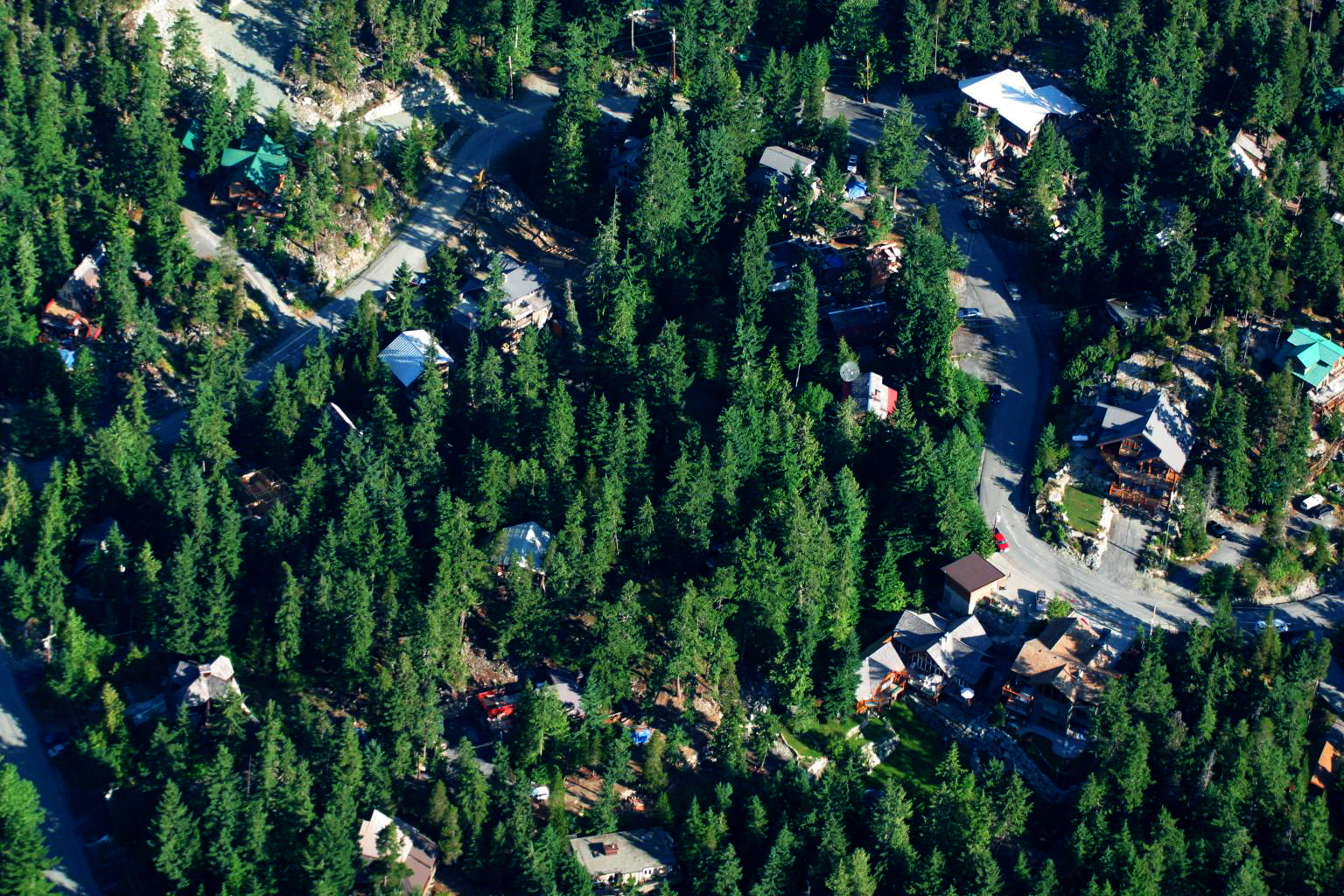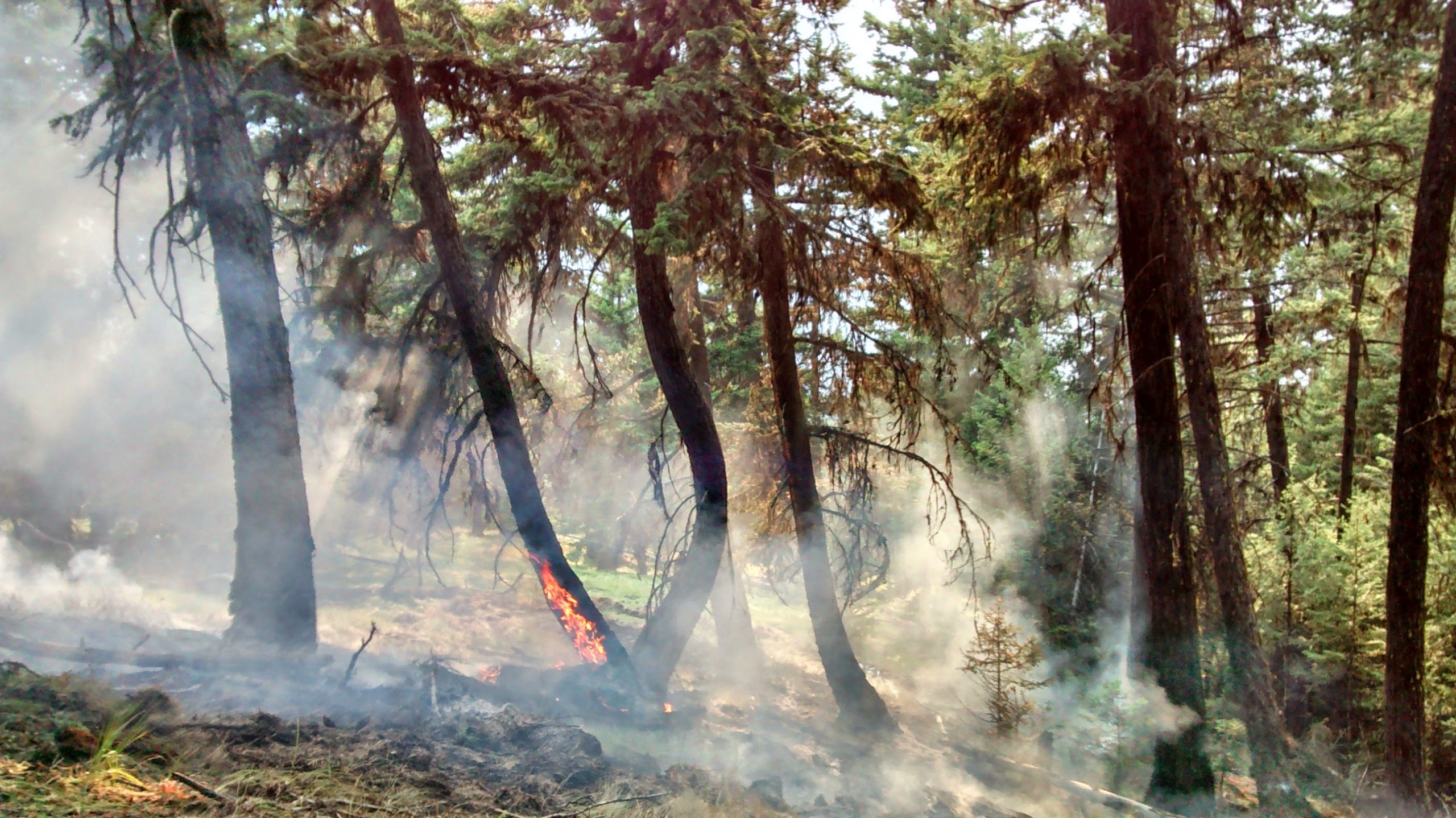 This summer will mark the 20-year anniversary since the Kelowna Mountain Park fire destroyed 238 homes in the City of Kelowna and burned approximately 26,000 ha. The fire season of 2003 and the Kelowna Mountain Park fire marked a critical turning point in fire management in B.C. and I believe for Canada. Since 2003 B.C. has seen significantly damaging wildfire seasons in 2009, 2010, 2014, 2015, 2017, 2018, and 2021 where billions of dollars have been spent on fire suppression combined with losses of homes in the wildland urban interface, which has become the norm during these difficult seasons.
This summer will mark the 20-year anniversary since the Kelowna Mountain Park fire destroyed 238 homes in the City of Kelowna and burned approximately 26,000 ha. The fire season of 2003 and the Kelowna Mountain Park fire marked a critical turning point in fire management in B.C. and I believe for Canada. Since 2003 B.C. has seen significantly damaging wildfire seasons in 2009, 2010, 2014, 2015, 2017, 2018, and 2021 where billions of dollars have been spent on fire suppression combined with losses of homes in the wildland urban interface, which has become the norm during these difficult seasons.

In addition to the loss of homes we have seen major economic, social, and environmental damage throughout the province. Other provinces have seen similar extreme fire seasons and associated losses including Alberta (Slave Lake and Fort McMurray), Northwest Territories, and Saskatchewan — although not to the extent and frequency as what we have witnessed in British Columbia.

There have been two major independent fire review reports out of two of the most significant fire seasons (Filmon (2004) and Abbott Chapman (2018)) and numerous season review reports by the B.C. Wildfire Service which have provided detailed and comprehensive recommendations on what to do about the escalating wildfire problem. Trying to digest and grasp the complexity of all the recommendations out of these reports and the required actions has been daunting. While we have made some progress to address the wildfire problem it is obvious there is still a long way to go.
While the largest and most damaging interface wildfires have occurred on crown land, many wildfires have also started on private land and spread out into the community and wildland. For wildfire mitigation investments to be meaningful on the public land requires a concerted focus on the individual private property owners, within both urban and rural settings. If individual property owners are unwilling to follow the guidance of FireSmart (which is based on sound science and a proven track record of limiting wildfire damage to homes) why should all levels of government invest in large scale community wildfire protection programs? More people living in high-risk communities must adopt FireSmart. The Fort McMurray and Lytton wildfires have both provided excellent lessons learned where FireSmart principles would have reduced the losses in both those communities.

Whistler, BC – Interface
Another key issue that requires complex solutions is the continued growth of development into the wildland urban interface. Local governments in B.C. have been unable to halt the expansion of homes into fire prone areas of the province. While a few communities have adopted FireSmart bylaws through the Development Permit Area process, these bylaws often don’t go far enough and are limited in scope to deal with the complexity of the problem. Many communities have too few resources to manage the requirements of bylaws proposed, while other local governments feel this is the responsibility of the province. In my opinion the growing development of vulnerable interface communities can only be managed through a provincial mandate that enforces FireSmart standards in high fire risk areas of the province.
Most of the effort and funding in B.C. over the last two decades has targeted interface fire risk reduction. However, it is well documented that other high value resources (habitat, protected areas, water, and timber) are at greater risk as they are ranked lower in the provincial priority scheme for protection when considered with human safety and infrastructure. To date the forest industry has had a limited role in working on the protection of broader landscape resources. It is my belief that governments need to direct industry to assist in wildfire risk reduction beyond the current wildfire hazard reduction obligations. While it is understood that this is often not core business and comes with a cost — it should be a priority in efforts to meet long term sustainability goals of industry and protect the forest values we are trying to manage. Given the current public forest land management and tenure model in B.C., these costs should be borne by the Crown.
It has been well documented that there is a tremendous fuel build up on the landscape and that it needs to be addressed. The cheapest and most effective treatment to address this problem at scale is prescribed fire, and even though it has been highlighted as a big part of the solution we have failed to act on these recommendations. This is because the barriers to prescribed burning (smoke, policy and legislation, liability, human health, and capacity) are societal in nature, where the needs and benefits of this tool are not well understood outside the forestry and fire community. More effort and energy needs to be focussed on this issue as without prescribed fire our hope of significantly reducing the fire problem is likely to fail.

There are many other important areas of fire management in B.C. where there is a need for greater focus, including meeting ecological goals in the consideration of fire management. This includes understanding how to better meet resiliency goals and habitat protection when we apply risk reduction treatment strategies. That said, until we can make meaningful gains in protecting human life and property, ecological goals are likely to be secondary in our management emphasis.
###
Bruce Blackwell is the Principal of B.A. Blackwell & Associates Ltd., a Canadian forestry consultant company dedicated to providing high quality, cost-efficient professional forestry and environmental management services.
